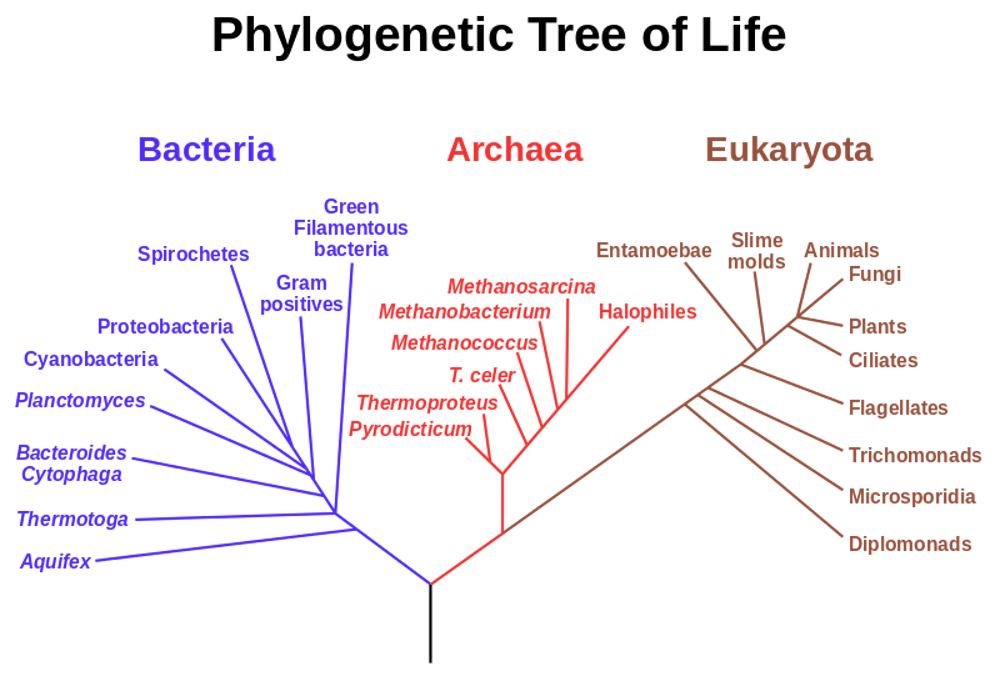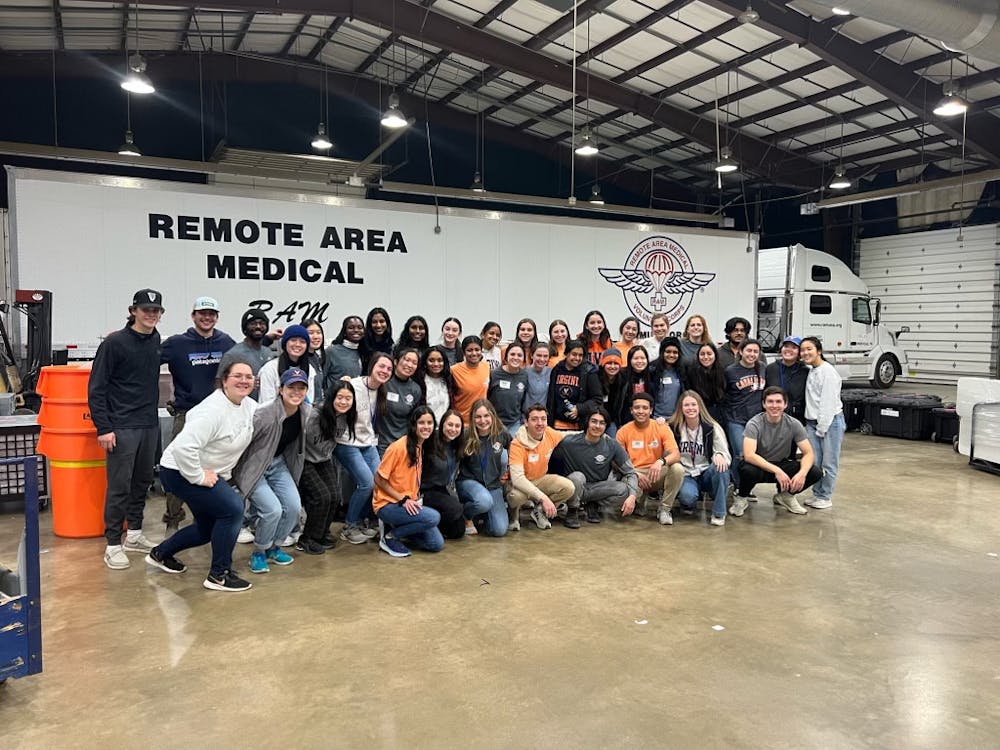A team of scientists from UC Berkeley recently revealed a model for the tree of life — a diagram that attempts to depict the phylogenetic relationships between all living organisms. University Assoc. Biology Prof. Martin Wu said the tree is an important framework to perform comparative studies and categorize species that are closest to each other.
Over the past few decades, the tree of life has primarily focused on illustrating the ancestral connections between eukaryotes, organisms with cells that contain nuclei and other specialized organelles. However, with new DNA sequencing technology, an overwhelming number of species of bacteria and archaea has been identified and added to the tree.
“It’s a perspective for a long time that there are way more bacteria and archaea than we have ever imagined,” Biology Prof. Edmund Brodie III said. “Part of it is just we haven’t had the tools to see them. We can see plants, but we can’t really see bacteria without special tools.”
The new model for the tree of life emphasizes the predominance of bacterial diversity, showing that eukaryotes only contribute a small portion to the overall variation among living things.
“You know, in my class I say that microbes are running the planet… Even though they are tiny, they are absolutely critical for the ecosystem,” Wu said. “Collectively they make a big biomass… Microbes have more diversity than animals and plants added together.”
Wu said finding and documenting new forms of bacteria can aid in increasing human survival in the future. He noted that bacteria are responsible for breaking down our waste, generating oxygen through photosynthesis and recycling gases in our atmosphere.
“[Organisms that live] in extreme environments … work in a totally different way than we are used to,” Brodie said. “And if we are going to be able to engineer things that are antibiotics, we need to find [this diversity]. There is just a tiny group of bacteria that we can actually combat with modern drugs.”
Extremophiles, organisms that thrive under conditions of extreme temperatures and pressures, are also beneficial sources of enzymes or proteins that are used in labs for copying DNA sequences. Wu mentions that to perform polymerase chain reactions, DNA amplification, enzymes of bacteria from hot springs are used.
He also notes that the new model attempts to expand the tree of life by including bacteria, archaea and eukarya, which can display relationships that are billions of years old. The model also now contains over 1,000 novel, extremophile organisms found through DNA sequencing in environments such as the Atacama Desert in South America.
Wu is skeptical about the methods used to find these extremophiles. When sequencing DNA, researchers have the ability to cut long DNA sequences into short DNA sequences, and then piece these sequences together to assemble a genome.
“When we are sequencing a genome, we sequence a mixture of microbes or bacteria in a community,” Wu said. “It is not a pure culture. We can make a mistake when we try to assemble genes from that mixture. They might put genes from different species into one.”
Wu said that he believes that these reported, novel groups of bacteria may have been supposedly discovered due to potential errors in gene sequencing, as these genes are difficult to assemble. Therefore, he said he will not discuss this specific expanded model with his future students until new data provides more conclusive and compelling results. However, Wu said he does appreciate the overall message of the study, and hopes that larger scale sequencing of these new proposed species can be performed so that there is less potential for error and misassembled genes.
Brodie said he believes this type of research is just the beginning of a long process in identifying the role of bacteria in the sustenance of life on earth.
“[The new model] emphasizes that the stuff that most of biology has worked on for a century and a half is like this one little twig, and the rest of the bush is stuff that we are just barely getting a handle on,” Brodie said.





